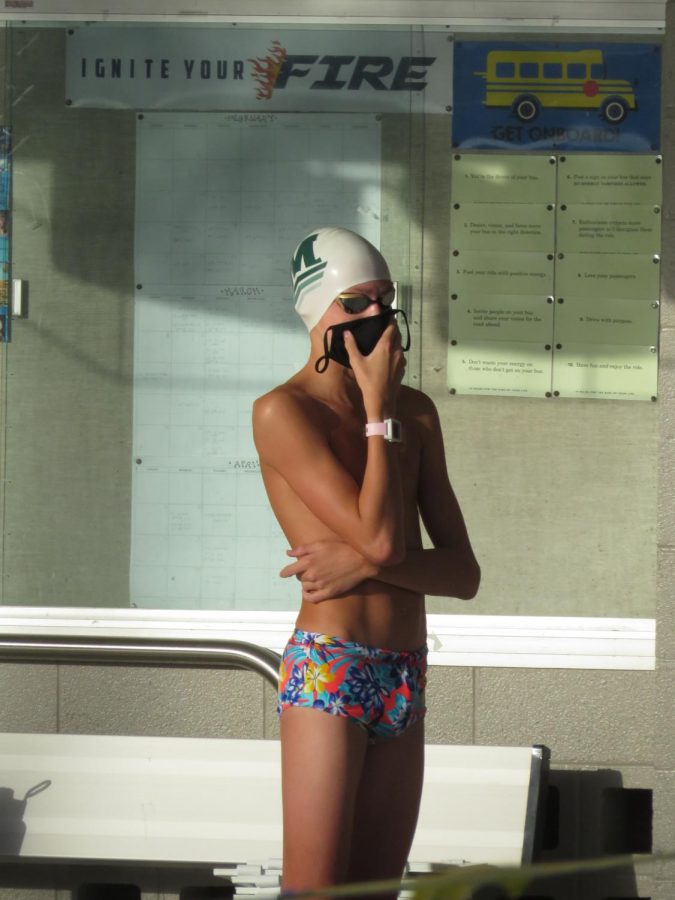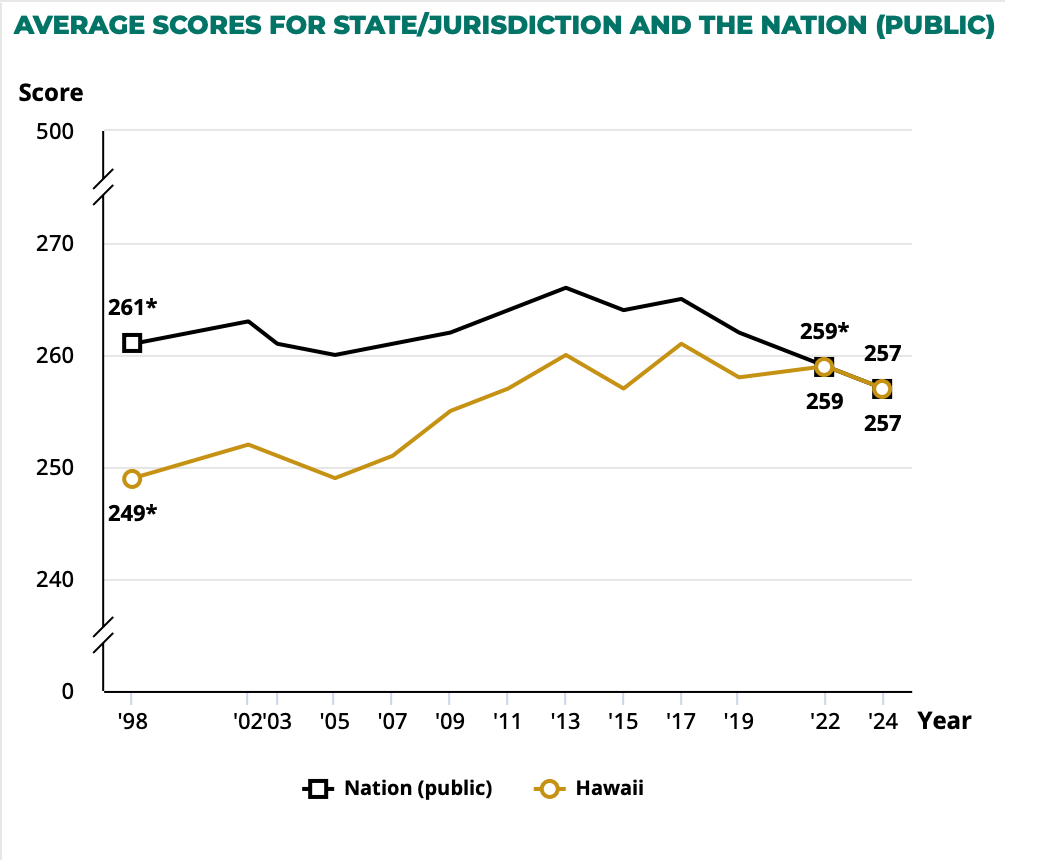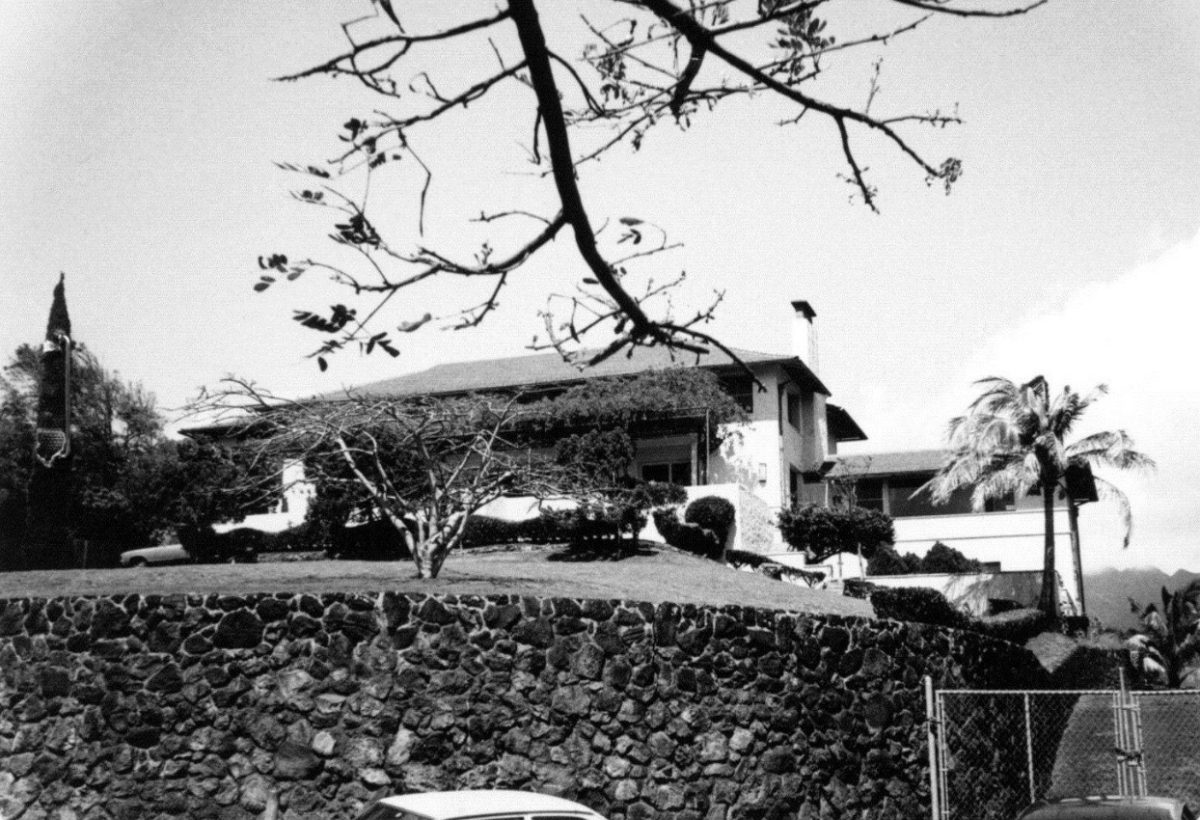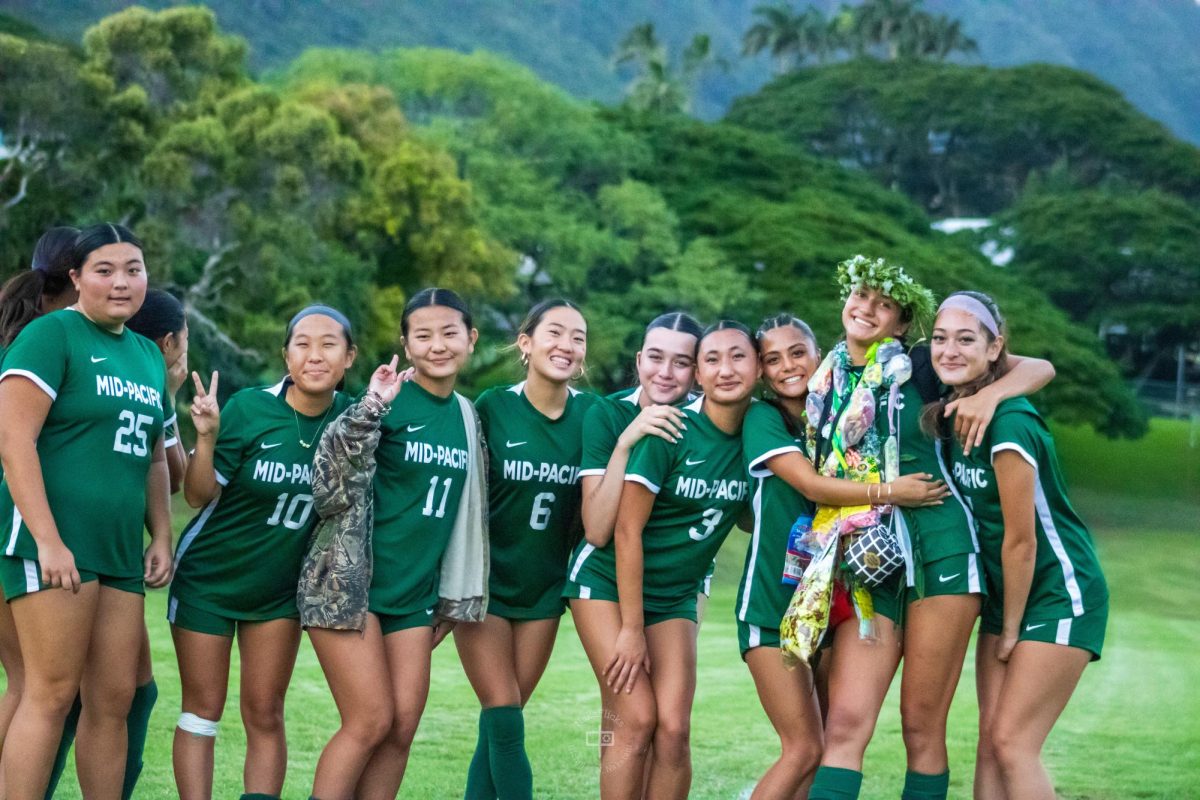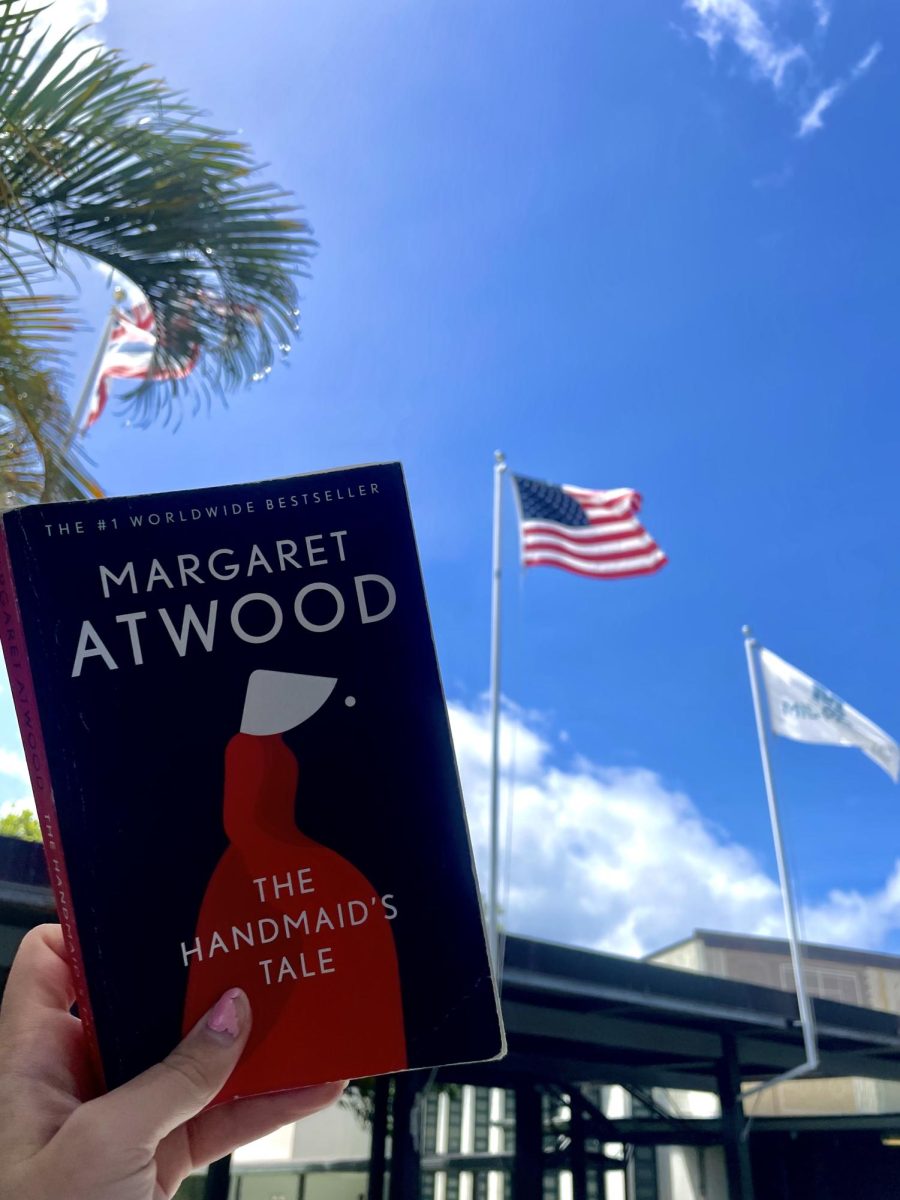Mid-Pacific ILH sports return back after pandemic restrictions
Photo by staff photographer Taro Tsuji
Sophomore swimmer, Knut Robinson prepares for his 200 Free at the dual meet against Punahou.
April 15, 2021
The scoreboard has not turned on until the last quarter of the school year, but now ILH will permit half of the league’s sports to compete.
On Dec. 28 ILH announced that: tennis, swimming, air riflery and cross country could have an official game as of Jan. 4.
“I didn’t really think meets were going to happen because normally it’s 15 schools competing, and we’re fairly close,” said Paige Ho, senior cross country runner.
Mid-Pacific’s first game during a pandemic was a junior varsity tennis match on Jan. 26.
“I definitely felt less prepared because they cut out all of our practices. So, there was a little bit of extra nerve,” said Althea Lutz, junior tennis player.
Along with practices shortened for some athletes, the setup for games has changed, as schools maintain social distance and try not to come in contact with each other. In boys’ air riflery, each school stays on its own side of the building.
“One half is the Mid-Pac shooters and the other half is the other team,” said Nathan Loo, junior air rifery shooter.
However, girls’ air riflery and cross country do not see their opponent(s). The Girls air rifery teams shoot at their own campus instead of gathering or zooming their opponent. Cross Country meets run the same path as their competitor from other schools will run before or after Mid-Pacific.
“We don’t ever see the [other] team,” said Mia Heu, sophomore, first-year air riflery shooter.
Like practices, only coaches and your school cohorts are competing. Athletes will complete their event and leave immediately after.
“It’s the same as practice; basically, it’s just now we’re shooting for records,” said sophomore Mia Heu.
As for not seeing their opponents, athletes do miss seeing other teams. Ho also said it’s more difficult to compete without your competitors’ insight.
“It’s definitely harder to do well because you’re competing against your own team, rather than having the other team there to push you to run faster,” said Ho.
For others, the competitive atmosphere has not changed. Instead, it provides athletes a different perspective.
“The atmosphere is definitely the same competitiveness…but something that is different is, you feel like you’re comparing yourself to the other athletes,” said Elise Folan, junior swimmer.
Swimming will complete this year with multiple dual races. Similar to Folan, Heu also sees a new perspective.
“You are just focusing on improving yourself rather than having to worry about everything else,” said Heu.
Athletes said they are focusing on themself since family and friends aren’t allowed to cheer you on and watch your games.
“There really isn’t the aspect of cheering or having people there to support you, which definitely can affect people’s game,” said Lutz.
Athletes only watch their teammates, if their sport is visiting another campus. Girls’ air riflery is the only sport that can’t stay to cheer on their teammates as they remain on campus.
“We always shoot at Mid-Pac, and Punahou always shoots at Punahou,” said Heu.
Boys air riflery, swimming and cross country travel to different schools for games only.
“When we go on the buses, everybody sits on every other row, so there’s just extra-large space between us,” said Lutz.
When traveling, off-campus athletes have to wait until the game is completely finished before being picked up at Mid-Pacific.
“We have to take a bus, and we all have to go back to Mid Pac to get picked up because parents aren’t allowed or guardians aren’t allowed on the other person’s campus,” said Folan.
Limiting crowds, game results aren’t posted on a bulletin board but are released on a website or an email.
“I definitely think a regular match is more fun. Especially after you shoot, you get to talk about how you did,” said Loo.
Another change is all athletes except swimmers must wear a face mask and/or shield at all times. Air riflery also has protective eyewear.
“My glasses get so foggy all the time because of the mask, I think,” said Mia Ho.
However, Mia Ho said she’s okay with wearing a mask.
“It’s alright because at least we are not running or anything, and I can still breathe properly,” said Mia Heu.
Ho said it is harder to run with a mask on.
“The biggest change is having to run with a mask on, it’s definitely harder to breathe with a mask, and so it’s just harder to run as fast,” said Ho.
Swimmers can not wear face masks or shields when they’re in the water.
“It’s a little nerve-wracking, especially before a race. Your mask is off, so ‘I’m like oh my god’ so I just cover my mouth a little bit,” said Folan.
However, as for next year, if we were to compete in the same conditions, some athletes will return.
“I’ll definitely be ok with kind of doing this again if that’s what is required,” said Lutz.
Seniors who are competing will play their last game.
“I’ve always dreamed about racing in the final races of the season,” said Heu.
A previous version of this story misspelled the name of Mia Heu. Na Pueo regrets the error.

